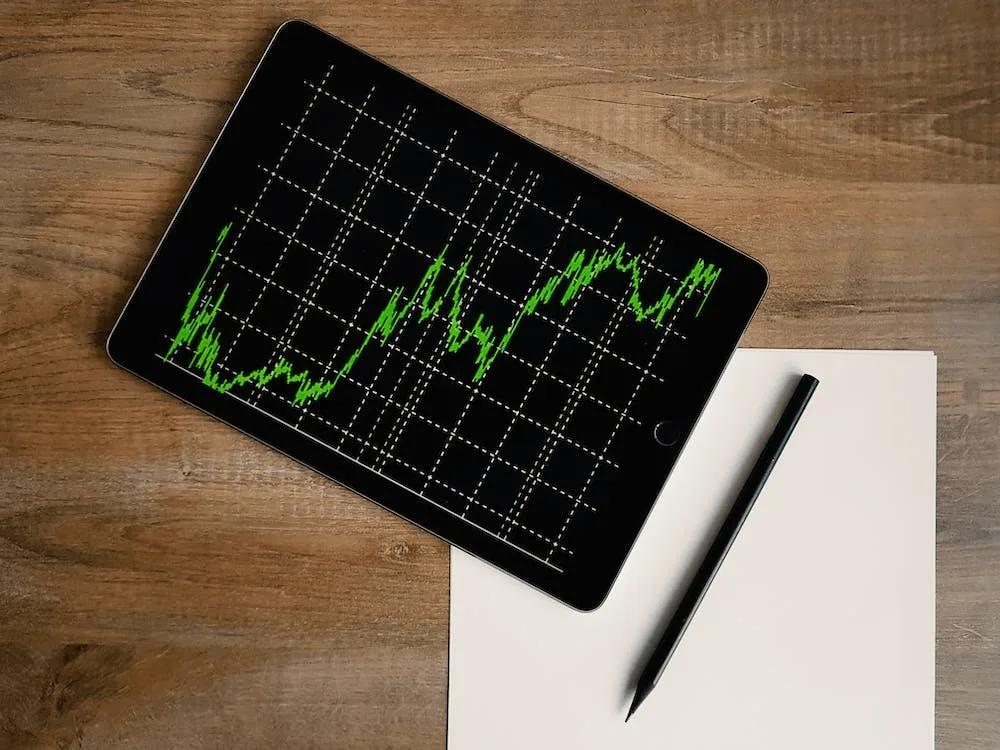
Online trading platforms have revolutionized the world of investing by making it accessible to anyone with a computer and an internet connection. These platforms offer a variety of account types, each designed to cater to different trading needs, risk appetites, and investment goals.
If you are interested in a particular platform, for example, TradingView, thank you can learn how to get TradingView Premium free of charge and trade on your preferred conditions. In this guide, we’ll explore the most common types of accounts found on trading platforms.
Cash Accounts
Cash accounts are the most basic type of trading account. When you open a cash account, you deposit a certain amount of money which you can then use to buy stocks, bonds, ETFs, and other securities. The key feature of a cash account is that you can only trade with the money you have deposited – no borrowing is allowed. This means you can’t engage in practices like short selling or margin trading. While this limits your potential gains, it also reduces your risk.
Margin Accounts
Margin accounts, unlike cash accounts, allow you to borrow money from the brokerage to purchase securities. This means you can potentially make larger trades than you could with just your own money. However, this comes with increased risk – if the price of the security you bought on margin falls, you could end up owing more money than you initially invested.
Margin accounts also allow for short selling – selling securities you don’t own with the expectation that their price will fall. If it does, you can buy them back at a lower price and pocket the difference. But again, if the price rises instead, you could incur significant losses.
Managed Accounts
Managed accounts are for those who prefer to have a professional handle their investments. When you open a managed account, you give the brokerage discretion to make trades on your behalf. This often involves a detailed discussion of your investment goals and risk tolerance, after which the brokerage will create and manage a portfolio tailored to your needs.
Managed accounts can be beneficial for those with little knowledge or time to manage their investments, but they typically come with higher fees than self-directed accounts.
Joint Accounts
Joint accounts are owned by two or more individuals, typically spouses. They can be either cash or margin accounts. Any owner can place trades, and all owners have equal access to the account’s funds.
Types of Fees and Commissions Related to Different Accounts
When trading on online platforms, the type of your account may influence the amount of fees and commissions that you have to pay to your broker. Usually, the difference is very prominent between free and premium accounts. If you are starting trading with a new broker, it’s crucial to read their terms and conditions regarding fees and account types. Here is a quick overview of the most typical fees and commissions in the world of trading:
- Trade Commissions: These are fees charged for the buying and selling of securities like stocks, ETFs, or mutual funds. The cost can vary depending on the brokerage and the type of security being traded.
- Management Fees: These are typically associated with managed accounts where a professional handles your investments. They are often calculated as a percentage of the assets under management.
- Expense Ratios: These are ongoing fees charged by mutual funds or ETFs and are also a percentage of your investment in the fund. They cover the costs of managing the fund.
- Account Maintenance Fees: Some brokerages charge a fee for maintaining your account, which could be waived if you meet certain criteria like maintaining a minimum balance or making a certain number of trades.
- Brokerage Fees: These are fees a broker charges to execute transactions or provide specialized services. They can come in many forms, from asset management fees to commissions on transactions.
- Sales Loads: These are essentially commissions paid to brokers when buying or selling mutual funds. Sales charges can be front-end (paid when you buy) or back-end (paid when you sell).
- Transaction Fees: They are charged each time you enter into a transaction, like when you buy or sell a stock.
- Advisory Fees: These are fees you pay to a financial advisor for their advice and services. They are separate from the fees associated with specific products or transactions.
Remember, fees and commissions can significantly impact your returns over time, so it’s important to understand them before opening any type of account.
In conclusion, there are numerous types of trading accounts to suit various investment needs and goals. Before opening an account, it’s crucial to understand the features, benefits, risks, and fees associated with each type. Remember, the right trading account for you depends on your financial goals, risk tolerance, investment knowledge, and time commitment.



